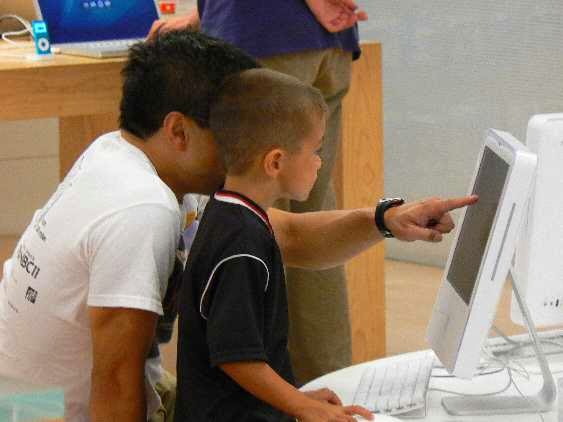Teaching Interpersonal Relationship Skills to the "Friendless" Asperger's Child
What comes naturally to “typical” kids does not come naturally to kids on the autism spectrum. The lack of interpersonal relationship skills makes it difficult for these boys and girls to make and keep friends – and often leads to social isolation. Now for the good news: Parents can learn to teach interpersonal relationship skills to their “special needs” youngsters. In this post, we will discuss the following: Practicing reciprocal interactions Rehearsing social situations through role-play Relationship skills groups Teachers' crucial role in teaching social skills Teaching the youngsters how to recognize the feelings of others Making use of “social skills training” materials Making use of social stories Click here for the full article...

